In 1949, when Alan and Richard Jensen had to choose a model name for their hand-built English car, they settled on “Interceptor.” In retrospect, the choice was wise: The name is a great bit of marketing, a moniker that suggests power and speed, attributes coveted by many car buyers. Seventy-five years on, that first automobile, and the versions that followed it, continue to attract a dedicated following of enthusiasts. Many seem to be as much in love with the name as with the automobile itself.
Lars Ganesh, a Jaguar mechanic in Sweden, wanted a car to work on in his spare time – one that didn’t remind him of his time on the job – and he eventually settled on a Jensen Interceptor. “If you then add on maybe the coolest name of a car ever, it’s perfect,” he writes. “Interceptor is a name that you just can’t resist.”

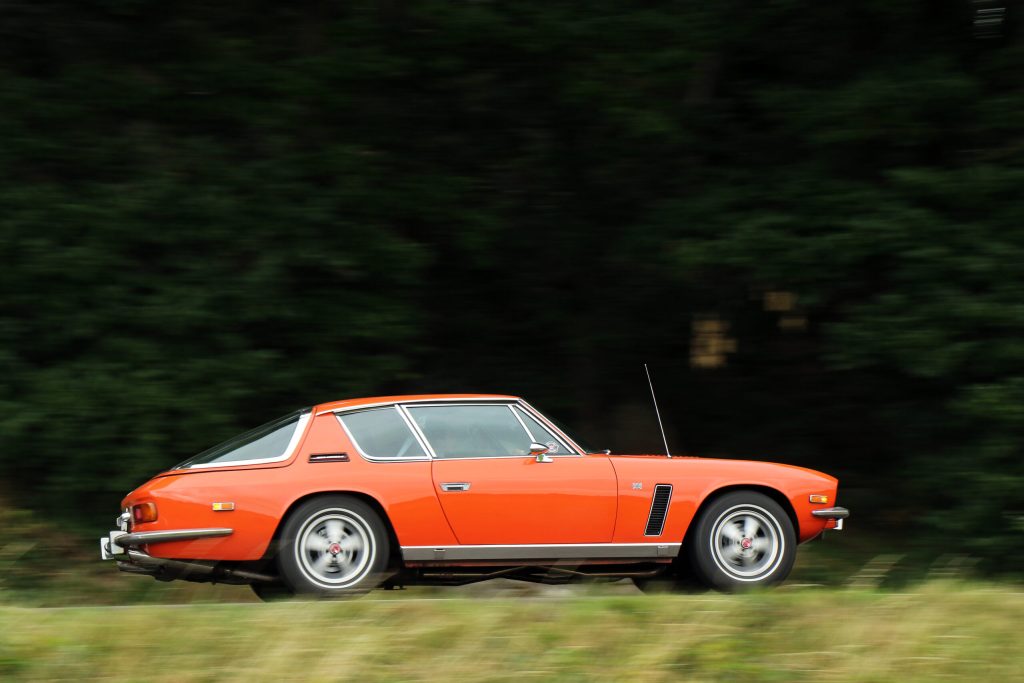
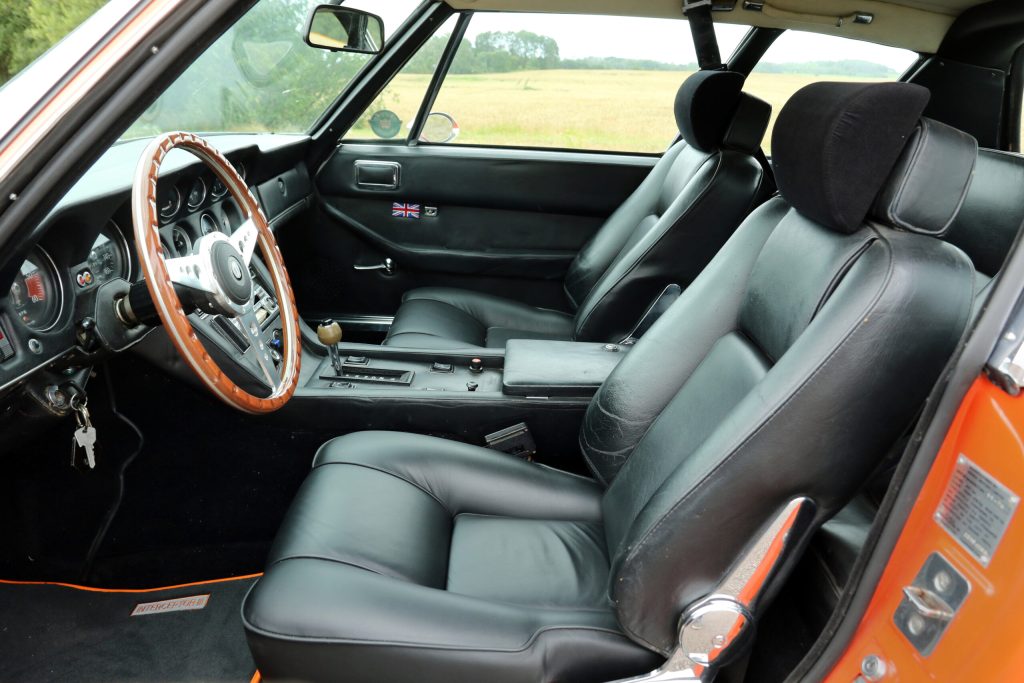
In many ways, the Interceptor delivers on the promise its name suggested, with a big American V8 engine for power and Italian styling that suggests forward motion and potency. But it took the brand a while to get the car to that point and once there, the company only hung on tenuously.
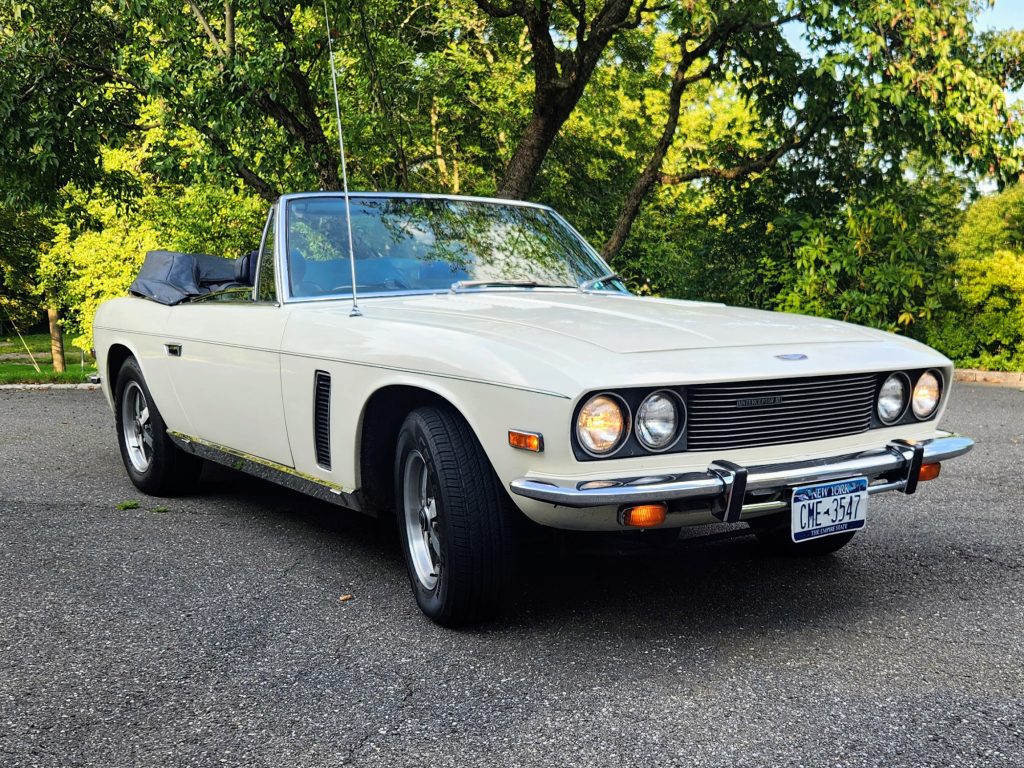
The Jensen brothers were better known as suppliers than as automakers: They manufactured vehicles for a variety of car companies, including Austin and Volvo. In between building machines for other makers, the brothers dabbled in marketing cars of their own design. These ran the gamut from the woody-like shooting brake of 1935 to a fibreglass sports car of the 1950s. The Interceptor, which premiered as a somewhat stodgy convertible in 1949, bloomed in the late ’60s and early ’70s with the production of more than 6,000 pretty machines.
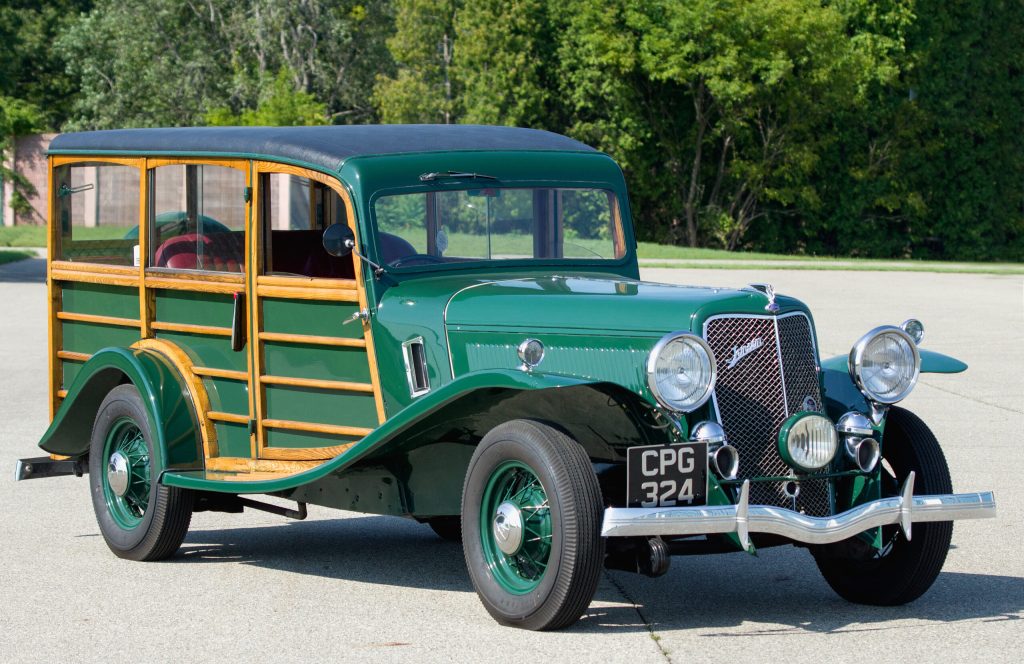
The first-generation Interceptor was built on an Austin A90 chassis that had been reinforced and extended. Only 88 cars were produced, 36 convertibles and 52 coupes. Like earlier Jensen offerings, the cars were powered by an engine cribbed from the parts bin of another manufacturer, in this case, an Austin 4-litre six-cylinder. With 132 horsepower on tap, it was able to propel the 1,400 kg car adequately.
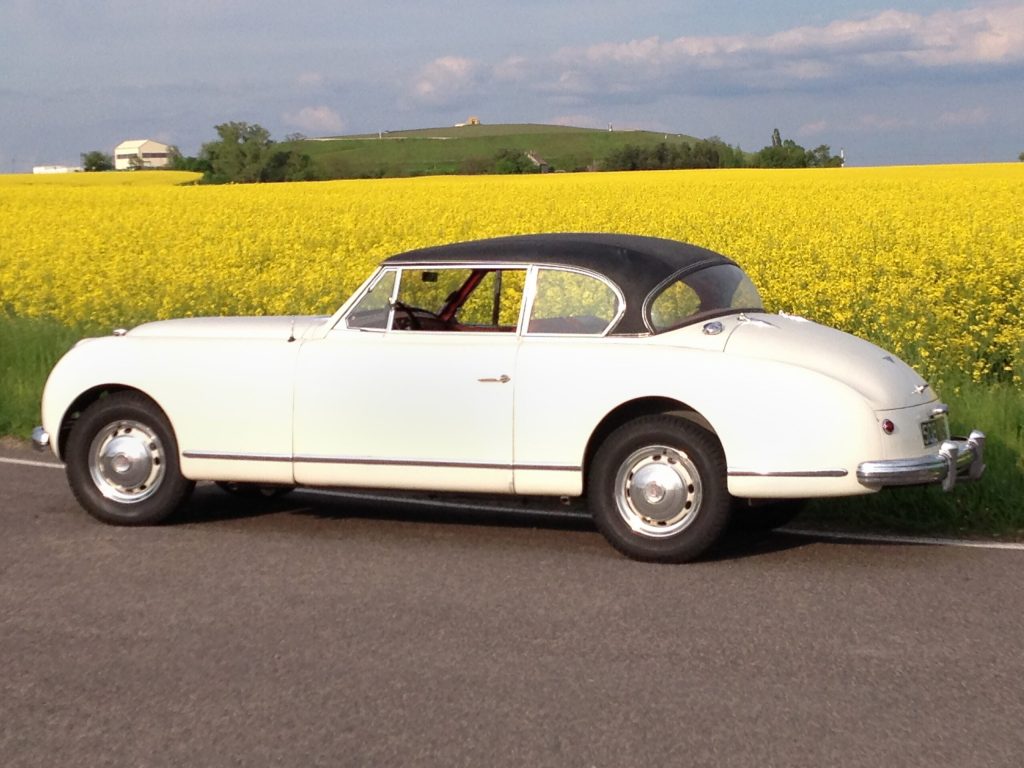
But one buyer wanted more. John Stricken, a Canadian rally driver, owned a Chrysler Hemi modified by Briggs Cunningham to deliver 250 horsepower from 331 cubic inches – great numbers for the time. He asked the Jensens to install it in an Interceptor. As accomplished engineers, the Jensens knew their car couldn’t handle that much power, so they got to work modifying the chassis. Today, that very special Interceptor belongs to Joerg Huesken of Dresden, Germany. It’s a nifty machine, but the sheetmetal lacks the design drama that would later come to distinguish the Interceptor.
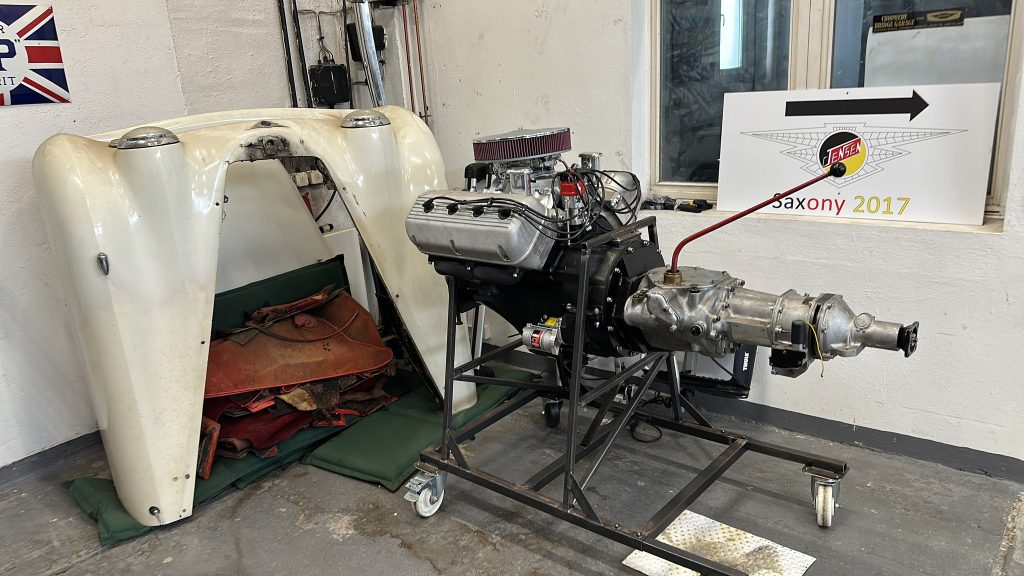
The drama began in ’66 with the introduction of the second-generation Interceptor. In the confusing manner that characterises Jensen, the first automobiles of that generation were dubbed Mark I, a nomenclature that ignored the Interceptor that preceded it in the ’50s. The second-gen car was more of a reincarnation of than a direct successor to the first-gen model, which had ceased production in ’57.
With a body by Carrozzeria Touring, this new Interceptor seemed heaven-sent, but not everyone was pleased. For the very English Jensen brothers, the decision to build the Italian-styled cars at Italy’s Vignale coachbuilding shop added insult to injury. The call was made by engineering and production management people whom the Jensen brothers had installed in top positions. The decision didn’t sit well with the brothers, who counted coachbuilding among their major skill sets, and they retired from the company soon thereafter.
The Interceptor’s interior featured an abundance of wood and leather and, in the dashboard, the classic Smiths gauges that have graced the best of England’s automobiles. Under the hood was a Chrysler V8. The second-gen Interceptor was a great combination of sexy Italian design, refined English luxury, and brute American power. “It’s like a Dodge Coronet that went to college at Oxford,” Jay Leno said after viewing a restored 1974 Interceptor on Jay Leno’s Garage.
Although the second-generation car left the Jensen brothers cold, it warmed the cockles of the hearts of American car buyers who were ready for something different than what Detroit was offering. The fact that the Interceptor came with Chrysler’s potent 383 V8 under the hood did nothing to dampen their enthusiasm. Of course, US sales of the Interceptor were still minimal compared to the standard domestic offerings, but with the cool name, big engine, and great looks, the Interceptor developed a bit of a cult following in America.
Several versions of the second-generation Interceptor – Mark I, II, and III – were built from 1966 to 1976 for a total of 6,408 machines. Each new series was slightly modified and improved, but all shared the same basic shape, and all were equipped with Chrysler V8s.
The most technically advanced Interceptor was the FF model. Only 320 copies of this very special car were produced from 1966 to 1971. All were right-hand-drive, with n extra five inches of length that gave the FF a sleek silhouette. A technical triumph, it offered anti-lock brakes and four-wheel drive, the first all-wheel propulsion system offered on a road-going car. Weak front axles were a major drawback –imagine what happens if you lose one front drive wheel under acceleration – but the rarity of the car and its innovations make it a desirable machine. Excellent examples can reportedly bring six figures.
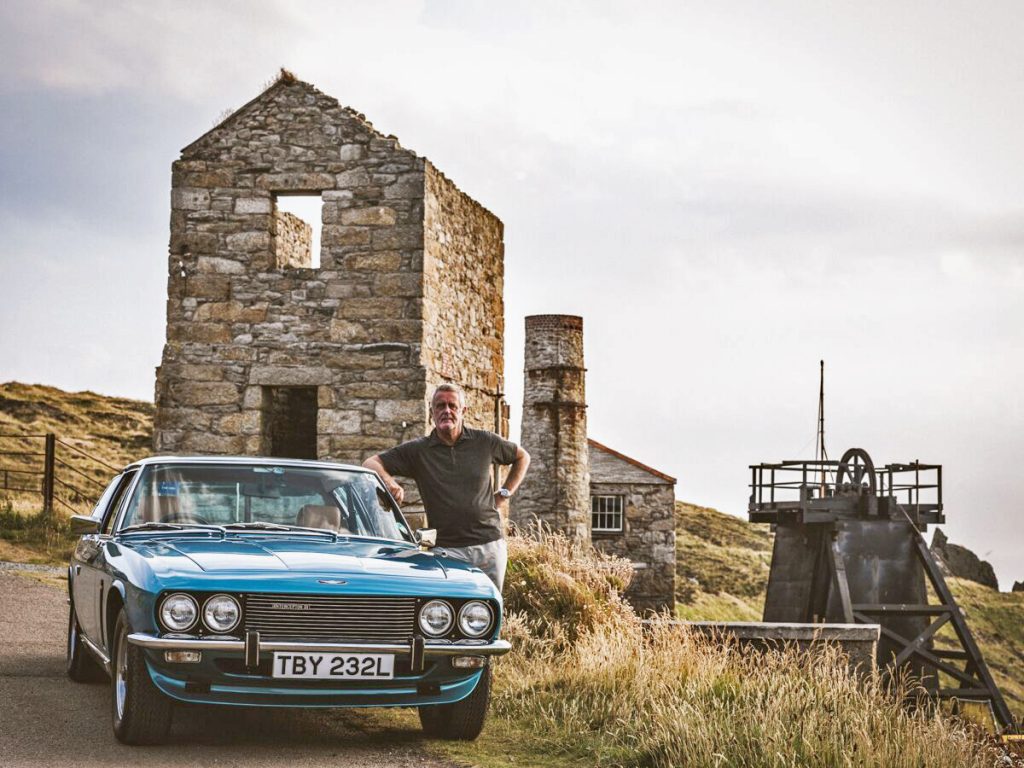
The Mark III Interceptor came on the heels of the Mark II and was introduced for the 1971 model year. The 440-cubic-inch Chrysler engine replaced the 383, which had been seriously detuned by Chrysler to meet domestic emissions standards. Most cars were fitted with a four-barrel carbureted version of the engine that generated 305 horsepower, but a high-performance version with Chrysler’s “Six Pack” induction system (triple two-barrel carburetors) was offered in a special model, dubbed SP.
While the FF was the most technically sophisticated Interceptor, the ’71 Jensen SP was the most powerful. Although it looked exactly like other Interceptors, it wasn’t badged as such; it was merely the Jensen SP. Under the hood was the Mopar Six Pack 440-cubic-inch V8, pumping out a tire-shredding 385 horsepower. While the SP was probably no quicker than the other cars that were equipped with that engine – Plymouth Road Runner and Dodge Super Bee – the sleek automobile looked faster.
The Mark III Interceptor ended production in 1976 with the company in financial trouble and the available supply of parts exhausted.
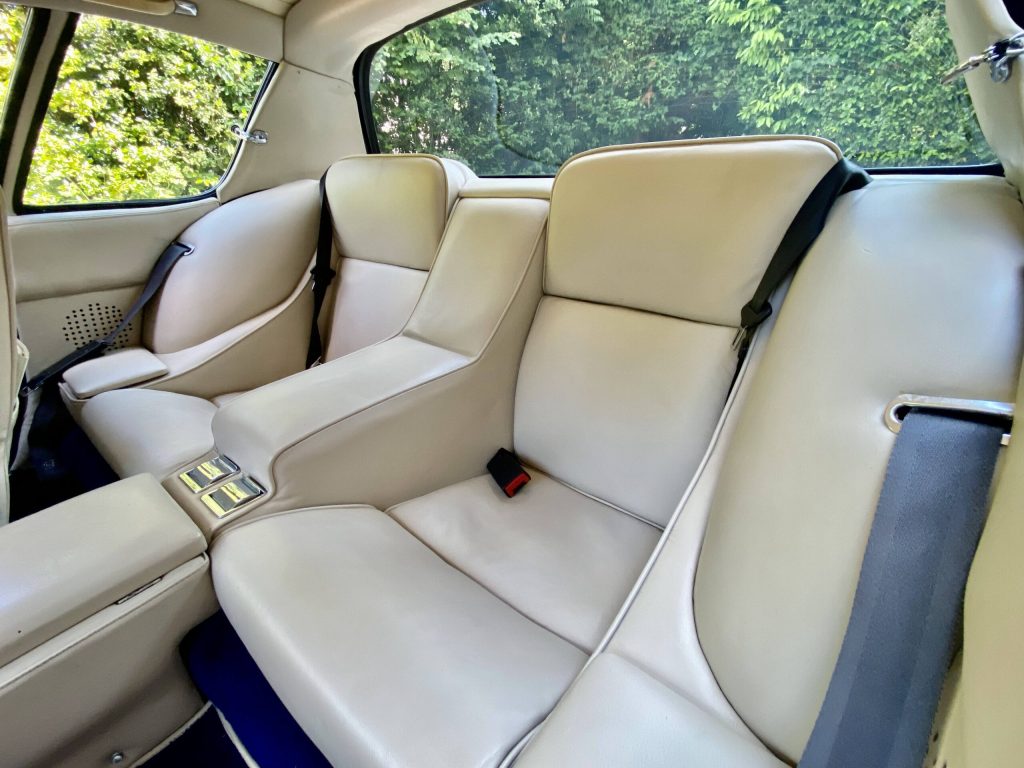
In 1983, the Interceptor name was reincarnated once again as the product of a new company called Jensen Cars Limited. It looked exactly like a ’70s Interceptor, and with good reason: It was exactly like a ’70s Interceptor. But a full rebirth was not to be, and only 14 cars were produced.
In 1990, another company had a go and built 36 copies of what were essentially Interceptors from the 1970s. Once again, financial problems threw a wrench in the works. Production ended in ’93.
While never a great financial success, the Interceptor was and is loved by many. It is a delicious combination: a proper English motorcar with a voluptuous Italian body and a stump-pulling American V8. That mix of the elegant and brutish coupled with an unforgettable name is key to the Interceptor’s devoted fan base. Although not as large in number as the devotees of many other marques, Interceptor fans are very expressive in their love of the brand. And they can be found in every corner of the globe.
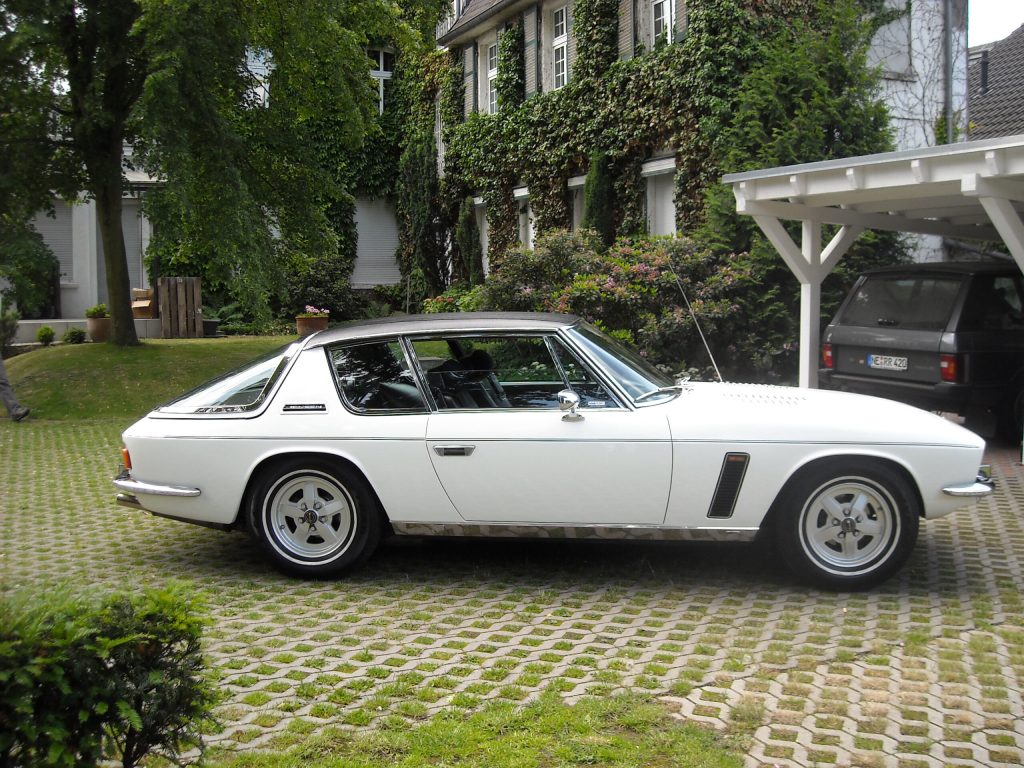
One very dedicated Jensen owner is Thomas Hoeller of Düsseldorf, Germany. Hoeller has traveled the world photographing and documenting Interceptors and has restored several. His travels took him to Carrozzeria Touring, the coachbuilder that had built the first copies of the second-generation Interceptor in 1966. He had heard that the design studies for that car had been lost, so he drove to Milan to search for the missing documents. There he found them in blueprint form and left with a copy.
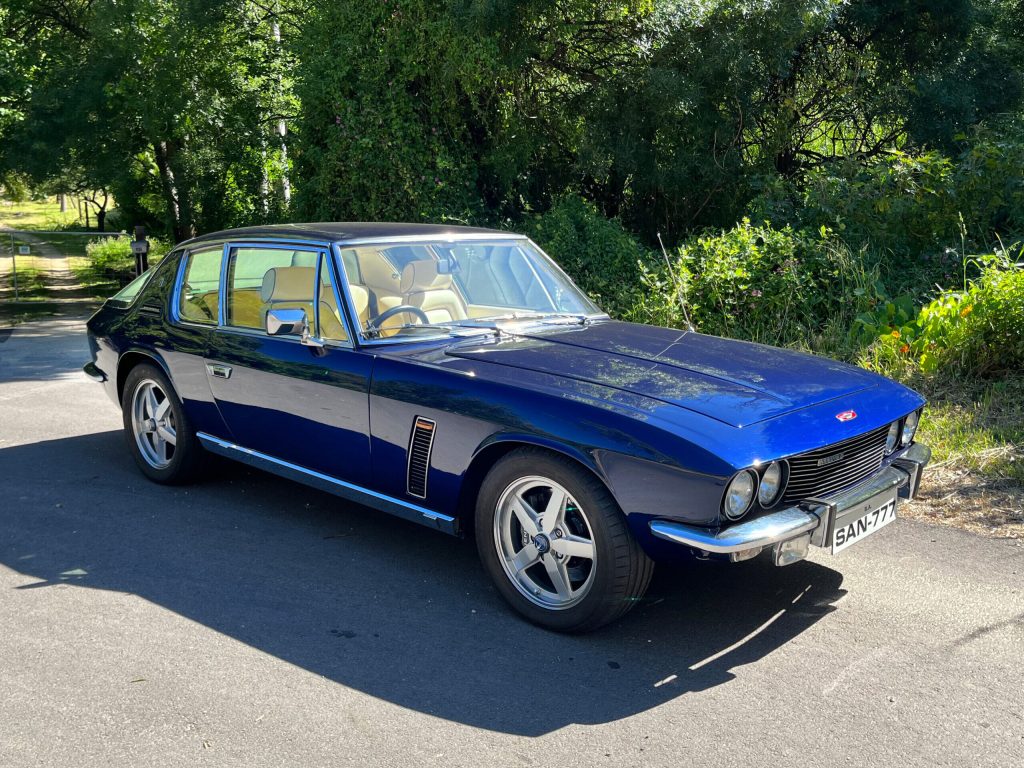
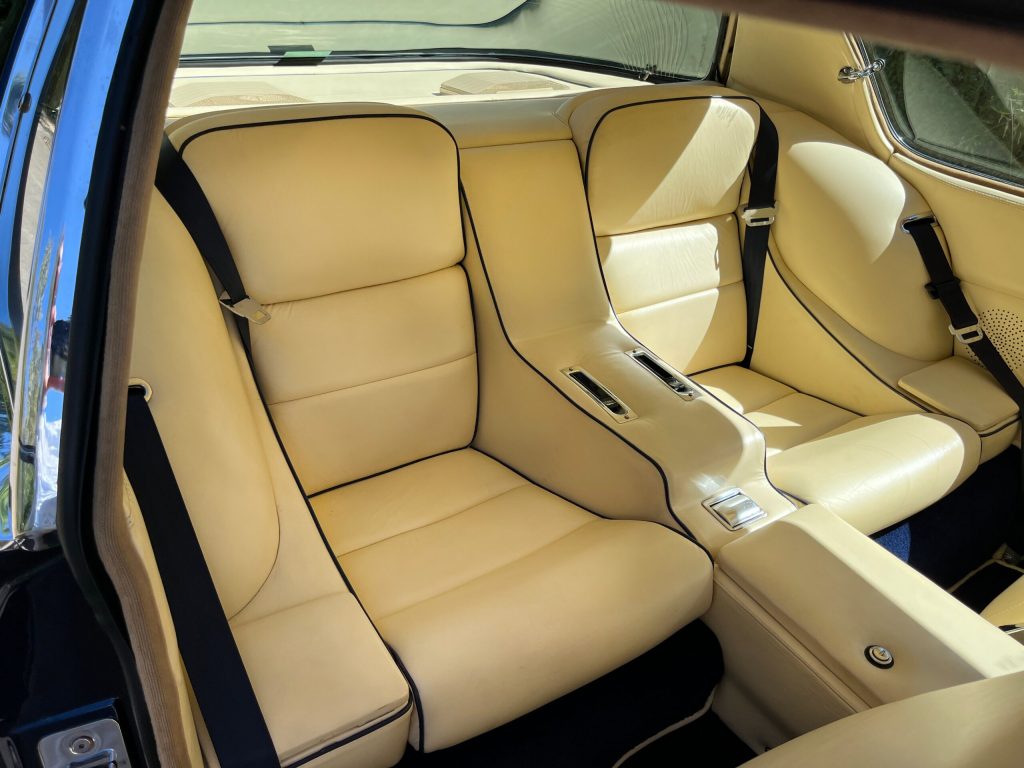
Dino Fritz of Adelaide, South Australia, is another Interceptor devotee, who grew up in the ’70s and developed a passion for automobiles, “particularly the exotic ones,” he said. But the Adelaide of the ’70s didn’t offer much in the way of automotive pulchritude.
“However, one street away,” he said, “there was a home that had a Jensen Interceptor parked in the driveway. Here was an actual exotic car that I could actually see in the flesh, and I vividly remember the curves on the car and that back window.”
In 1989, Fritz had an opportunity to buy an Interceptor that had been written off by an insurance company. He joined a Jensen car club, where he learned about Lucas electrical gremlins and the great SP model, so he upgraded the electrical, rebuilt the engine to SP spec (385 hp), and modified the interior to resemble that of the last Interceptor, the short-lived Mark IV of the 1980s. He’s now beginning restoration of an Interceptor convertible that he located in the UK.
The car is habit-forming.








I have owned several Jensen interceptors 123 series I’m currently finishing my convertible 1974 a completely ground up restoration. I am replacing the dash to series 4 .I’m originally from London now living in orlando florida
Great Article on the Interceptor .I have owned a 1968..Mk.1 interceptor since 1975..Black Leather.Diamond White”..Mint Condition..everything rebuilt over the years..335bhp..goes like off a Shovel.!!….Bri..UK.Suffolk..